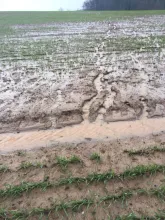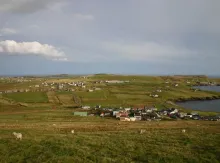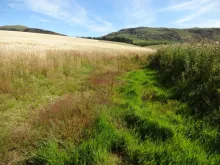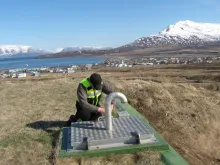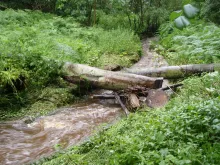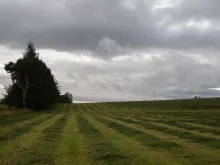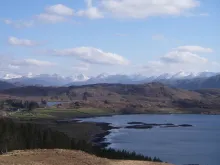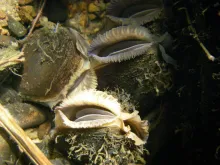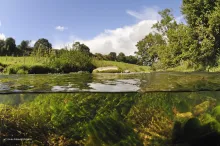Effect of Soil Structure and Field Drainage on Water Quality and Flood Risk
This report provides a broad assessment of the state of soil structure and drainage on commercial farms in four selected catchments during autumn/winter 2015/2016. We describe the policy implications of the findings. Similar UK studies are used to discuss our results. This project was commissioned by SEPA and addresses its Land Protection objective “make links between soil management and water protection measures to ensure maximum benefit for both soil/land and water quality” (SEPA, 2015).
